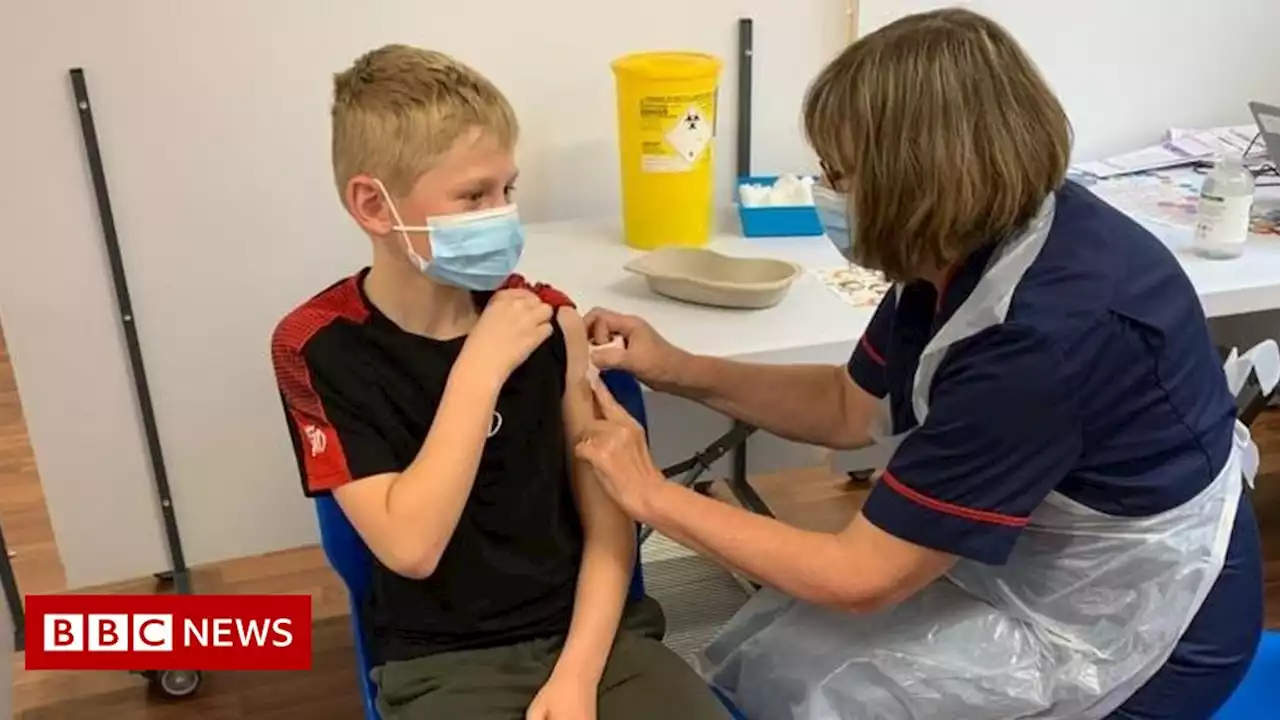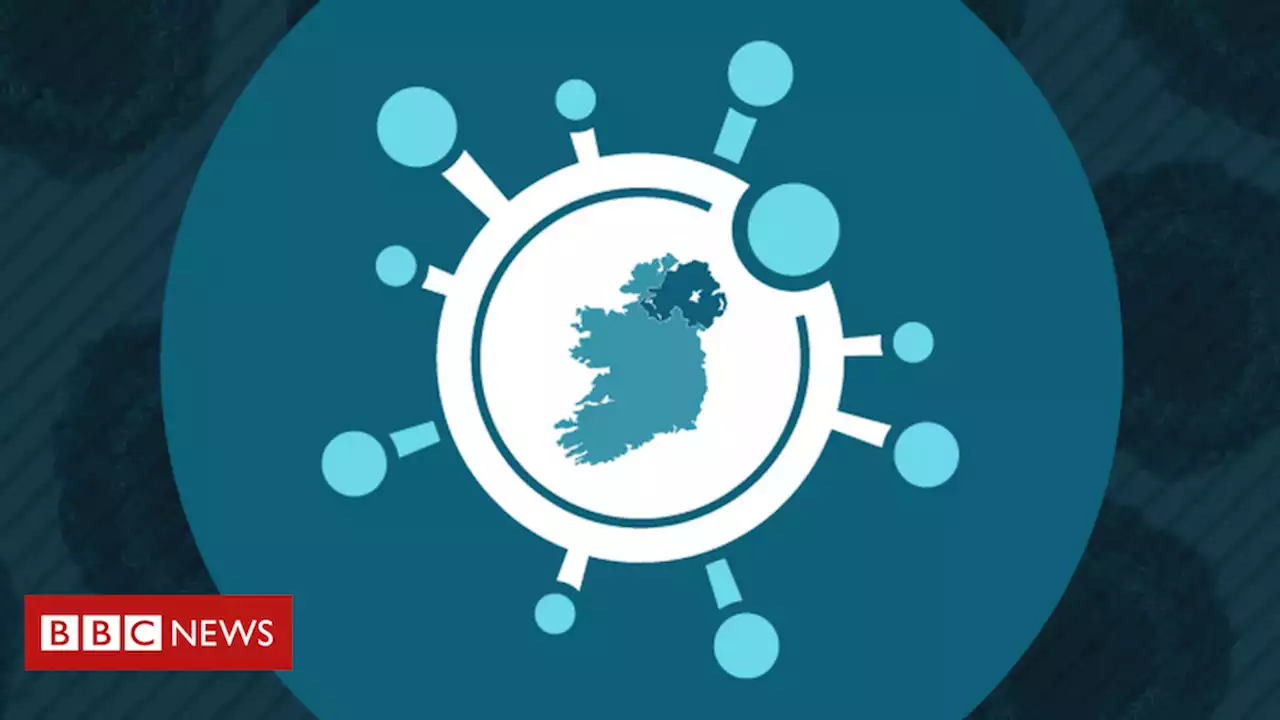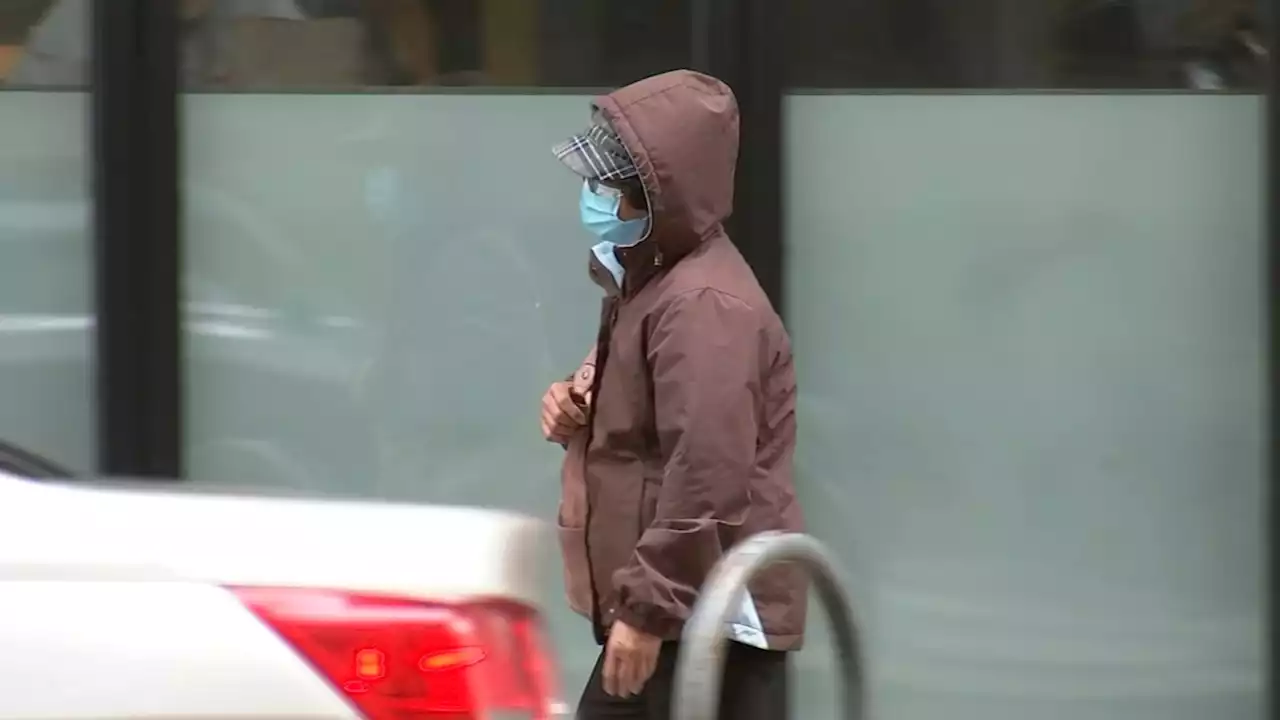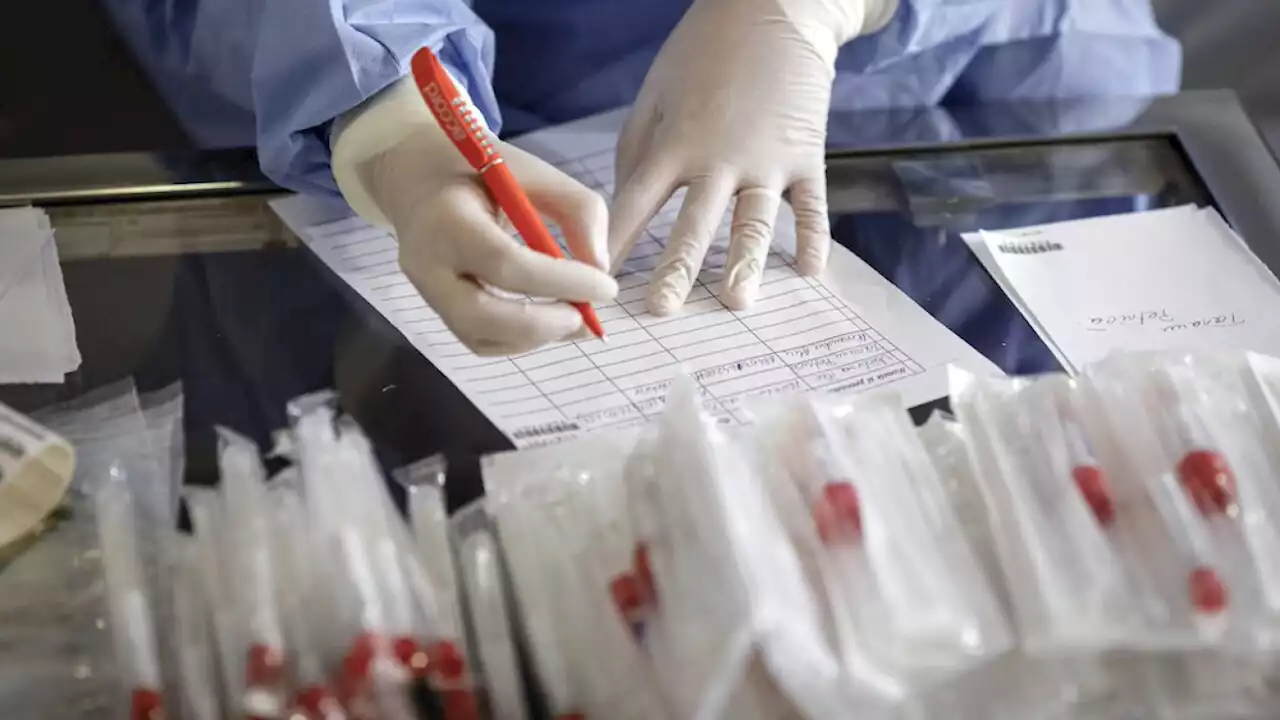We've long known COVID is airborne. So why did it take the World Health Organization two years to say so?
produced when a person coughs, sneezes or speaks, an assumption based on decades-old infection-control teachings about how respiratory viruses generally pass from one person to another.
Critics say that inaction at the agency led to national and local health agencies around the world being similarly sluggish in addressing the airborne threat. Having shifted its position incrementally over the past two years, the WHO also failed to adequately communicate its changing position, they say. As a result, it didn’t emphasize early enough and clearly enough the importance of ventilation and indoor masking, key measures that can prevent airborne spread of the virus.
Morawska presented what she says was a compelling case for airborne transmission. Two facts stood out. First, there was solid evidence that people were becoming infected even when they were more than one metre — the safe distance recommended by the WHO — from a contagious individual. Second, years of mechanistic studies had demonstrated how mucus in a person’s airway can spray into aerosols during speech and accumulate in stagnant rooms. Morawska felt rebuffed by the WHO and its advisers.
The disconnect was there even in the use of scientific terms. Infection-control experts have long drawn a hard line between droplet viruses and airborne ones, seeing only the latter as capable of travelling far and lingering in the air. “Dogmatic bias is certainly a big part of it,” says Don Milton, an occupational-health physician who studies aerosol transmission of infectious diseases at the University of Maryland in College Park.
According to Trish Greenhalgh, a primary-care health researcher at the University of Oxford, UK, the IPC GDG members were guided by their medical training and the dominant thinking in the medical field about how infectious respiratory diseases spread; this turned out to be flawed in the case of SARS-CoV-2 and could be inaccurate for other viruses as well. These biases led the group to discount relevant information — from laboratory-based aerosol studies and outbreak reports, for instance.
Still, Li is disappointed that it took the WHO until October 2020 to acknowledge that aerosols play a part in disease transmission in community settings. And in its updated guidelines on mask use, in December 2020, the agency still emphasized shortfalls and gaps in the evidence for aerosol transmission, and the need for more “high quality research” to understand the specifics of how the virus spreads.
The gravity of the situation might have made the WHO even more cautious in its pronouncements and less likely to stray from consensus views, according to Sandman’s partner Jody Lanard, an independent risk-communications specialist who has also worked with the WHO in the past.
United States Latest News, United States Headlines
Similar News:You can also read news stories similar to this one that we have collected from other news sources.
 Covid jabs: Why families are taking their children for a Covid vaccineChildren having the vaccination in Derby say the experience made their worries go.
Covid jabs: Why families are taking their children for a Covid vaccineChildren having the vaccination in Derby say the experience made their worries go.
Read more »
 Covid-19: Four Covid-related deaths and 530 in hospitalThe total number of deaths linked to Covid-19 in NI since the start of the pandemic is 3,346.
Covid-19: Four Covid-related deaths and 530 in hospitalThe total number of deaths linked to Covid-19 in NI since the start of the pandemic is 3,346.
Read more »
 Covid-19: Two Covid-related deaths and 519 in hospitalThe total number of deaths linked to Covid-19 in NI since the start of the pandemic is 3,348.
Covid-19: Two Covid-related deaths and 519 in hospitalThe total number of deaths linked to Covid-19 in NI since the start of the pandemic is 3,348.
Read more »
 Philadelphia health department recommends indoor masking amid jump in COVID-19 infectionsPhiladelphia health officials are recommending that people wear masks in public indoor spaces to help thwart a growing number of COVID-19 infections in the city.
Philadelphia health department recommends indoor masking amid jump in COVID-19 infectionsPhiladelphia health officials are recommending that people wear masks in public indoor spaces to help thwart a growing number of COVID-19 infections in the city.
Read more »
 Philadelphia health officials closely monitor new COVID-19 variant, suggest masking indoorsPhiladelphia cases have increased more than 50% in the last 10 days with an average of 94 new cases per day.
Philadelphia health officials closely monitor new COVID-19 variant, suggest masking indoorsPhiladelphia cases have increased more than 50% in the last 10 days with an average of 94 new cases per day.
Read more »
 Embry Health begins charging uninsured Arizonans for COVID-19 testsEmbry Health has announced it will begin charging uninsured Arizonans for COVID-19 tests starting Tuesday.
Embry Health begins charging uninsured Arizonans for COVID-19 testsEmbry Health has announced it will begin charging uninsured Arizonans for COVID-19 tests starting Tuesday.
Read more »